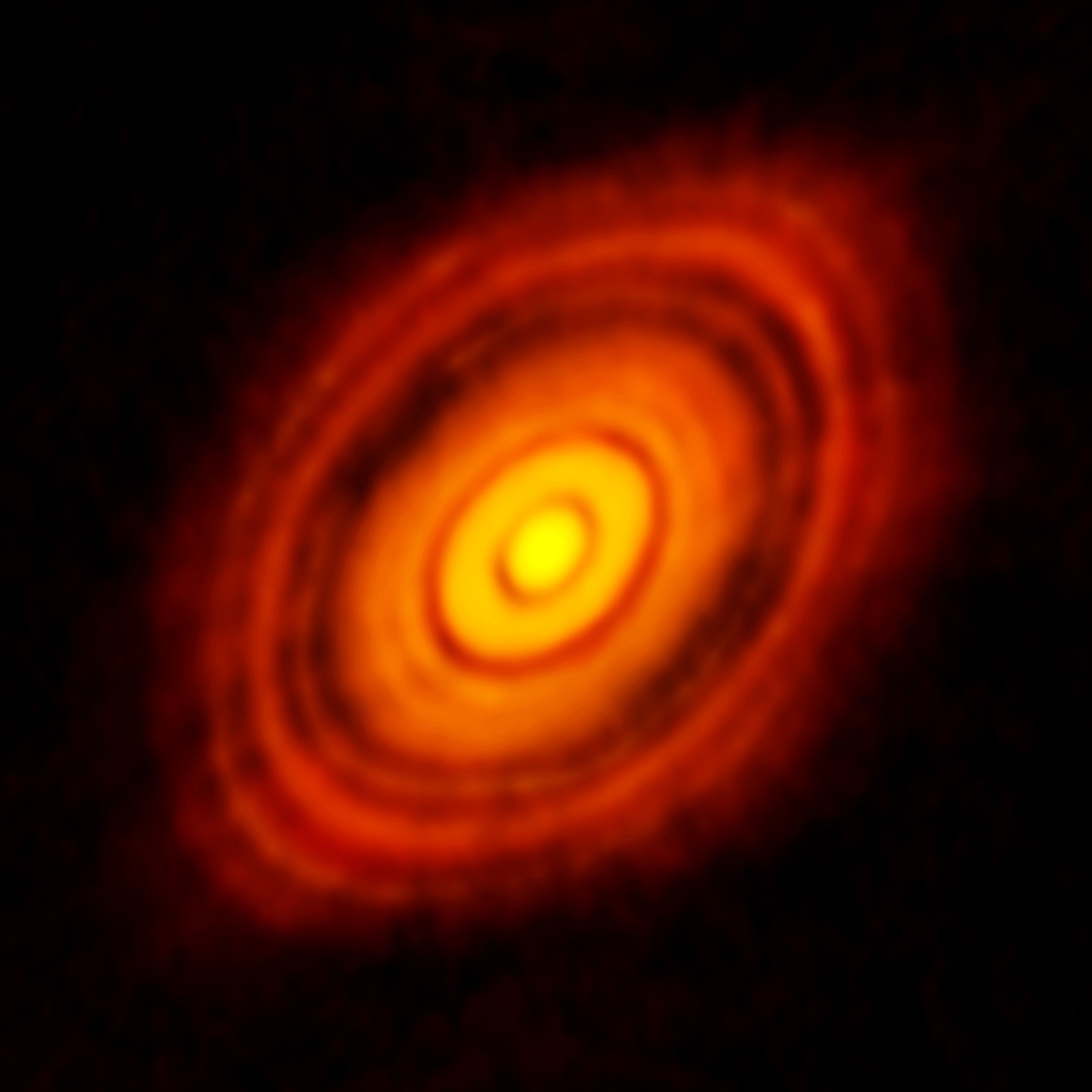You are using an out of date browser. It may not display this or other websites correctly.
You should upgrade or use an alternative browser.
You should upgrade or use an alternative browser.
T Tauri stars with accretion discs - Game bug?
- Thread starter NeilF
- Start date
The thing that is odd to me is that the orbits within the disk are so neat and flat. There should be lumpy sections, greater altitude and chaos to the disk, eddies and swirls where mass is collecting into planets. There should also be a lot of haze from the leftover gasses and material that
In general these protoplanetary disks just look way too clean and orderly.
In general these protoplanetary disks just look way too clean and orderly.
Last edited:
I dont know to be honest.And I would say, no material would be that close to the star surely? I'd expect there to be dozens of solar diameters before the material would settle... Not in far less than one... It would just get "blown away" or vapourised surely that close!?
FD did post a screenshot of something like this in a recent newsletter , so I think it must be normal.

Last edited:
Is it not just an astroid ring?
Was just about to ask
Is it not just an astroid ring?
No. A protoplanetary disk is initially made from dust and gas, not mountain sized rocks. It's still in the process of cooling down and accumulating. So it would be quite different from the debris found in rings of Saturn for instance.
And I would say, no material would be that close to the star surely? I'd expect there to be dozens of solar diameters before the material would settle... Not in far less than one... It would just get "blown away" or vapourised surely that close!?
Well you may be assuming that the disk formed via accumulation. But this disk is so small it could have formed via capture of another body. In which case, some would fall in, some would get ejected, and some may form a smaller residual planet. A stable ring system with a narrow inner ring though seems unlikely in a T Tauri star.
A more realistic sized protoplanetary disk would be many times the diameter of a neptunian orbit. The image in the OP above looks to less than 1AU.
for example the protoplanetary disk below is about 90,000 Ls across:

Last edited:
But you're suggesting material can happily sit in orbit less than half a diameter away from the star? Can you imagine the forces less than half a diameter away from a star? The coronal plasma, solar wind, not to mention the sheer temp?
The image you included, the temptation is to assume the ball in the middle is the star? But I suspect it's a tiny dot lost in the middle surely?
The image you included, the temptation is to assume the ball in the middle is the star? But I suspect it's a tiny dot lost in the middle surely?
^^ I suppose actual star should be somewhere around the size of one pixel in Ziljan's photo.
So not like this proportion then!?

Last edited:
Mostly because the timescale of stars and astronomy in general does not play well with us.Just don't see how anything would sit happily in orbit that close to the star.. Looks out of wack!
You may have seen videos where it speeds around it while getting sucked in, well, that is happening most likely, but the timescale is WAY off.
Everything in terms of astronomy happens on an entirely different scale, so these kinds of discs for a human would not seem 'that' active.
Though I would agree graphics could use a tweak to indicate that they are falling into the star.
So not like this proportion then!?
Radius of that disk (in real photo, star is HL Tauri) is ~90 AUs or, in more familiar units 45000 LSs; that's three times the distance from Sun to Neptune, so... nope. I believe that -if we could remove the disk- star should appear as tiny bright dot, as you've already suspected
I'd guess that protoplanetary disks in ED are either non-existent or perhaps miniaturized. Probably due to some engine limitation.
Last edited:
No. A protoplanetary disk is initially made from dust and gas, not mountain sized rocks. It's still in the process of cooling down and accumulating. So it would be quite different from the debris found in rings of Saturn for instance.
Well you may be assuming that the disk formed via accumulation. But this disk is so small it could have formed via capture of another body. In which case, some would fall in, some would get ejected, and some may form a smaller residual planet. A stable ring system with a narrow inner ring though seems unlikely in a T Tauri star.
A more realistic sized protoplanetary disk would be many times the diameter of a neptunian orbit. The image in the OP above looks to less than 1AU.
for example the protoplanetary disk below is about 90,000 Ls across:
http://apod.nasa.gov/apod/image/1411/HLtauri_alma_1800.jpg
Does it show up that way in game? has anyone been in one?
I've just found my first L-type with rings.



